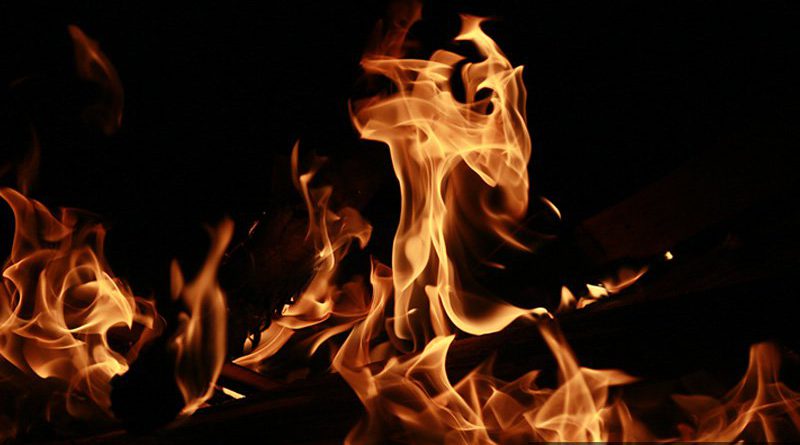What happens if your business literally burns down?
Many business owners are concerned about factory fires that can cause significant losses to them.
Insurance is a basic tool for corporate risk transfer with general insurance tools and group insurance covering the risk of company assets such as company buildings, machines and employees.
When running a business, unforeseen events are unavoidable. The best you can do is minimise your losses when mishaps do occur.
What is fire insurance
Fire insurance covers damage or loss to a property because of fire. It is a specific form of insurance to property insurance, and covers the cost of replacement and repair or reconstruction.
Fire insurance policies cover damage to the property, and may also cover damage to nearby structures, personal property and loss of property usage if the damage renders the property unusable.
A fire insurance policy typically includes coverage against smoke or water damage due to fire. A fire insurance policy is usually set up for one year. The policyholder may renew and review the policy according to its terms.
Owners should document the property and its contents, which makes it easier to determine the value of items damaged or lost due to a fire. A fire insurance policy may contain exclusions based on the cause of the fire, such as fires caused by war or riot.
Most fire insurance policies in Malaysia include fire coverage on property buildings, but not on others.
This coverage is purchased separately, particularly if the property has valuable items excluded from coverage.
The insurance company’s liability is limited by the policy value and not by the extent of damage or loss sustained by the property owner.
Fire insurance policy coverage
Fire insurance covers a policyholder against fire loss or damage brought about by ignition of fire, electricity, lightning or explosion of gas, natural disasters, and bursting and overflowing of a water tank or pipes.
Most policies cover a property regardless of whether the fire originates from within the property or from outside the property.
Coverage limits are dependent on the cause of the fire. The policy reimburses the policyholder on a replacement-cost basis in the event the property is lost, or on an actual cash value basis for damages.
If the property is considered a total loss, the insurance company may reimburse the owner for the current market value, or limited to the sum covered for the reconstruction on the building.
The contents or stocks of the property building are only covered if it is specifically insured in the policy.
Fire insurance coverage options:
• Buildings: dwellings, factories, offices, shopping complexes.
• Stock: raw materials, finished goods, packaging materials.
• Contents: plant and machinery, furniture, fittings and fixtures, office equipment and tools, plans and documents.
All the above are tangible assets belonging to the insured or held in trust or for which the insured is responsible. These assets are normally covered under material damage insurance.
When a loss occurs, the insured faces an interruption in earning power. This lost earning income can be protected by Consequential Loss Insurance.
Coverage assessment and review
A policyholder should review his property and fire insurance every year to decide if there is a need to increase coverage.
You can set coverage limits using factors such as the value of property reconstruction and its contents.
Do note that a policy may offer lower coverage limits for certain items including luxury items such as jewellery, artwork and other assets whereby you may need to get additional coverage.
Source: FMT

